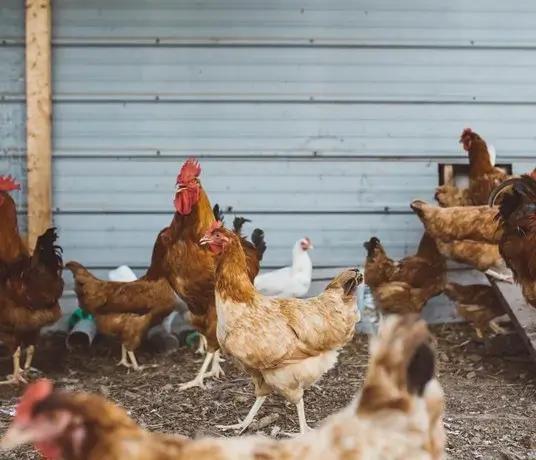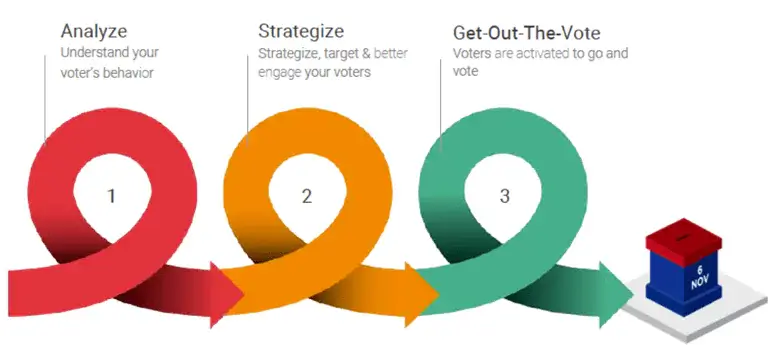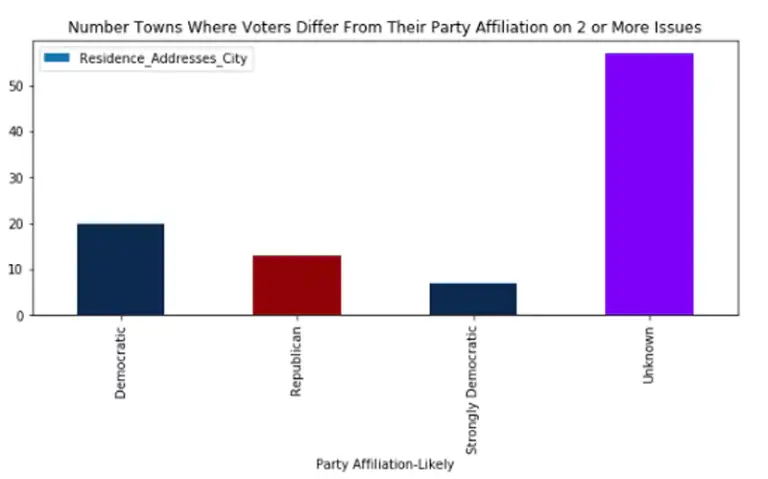How Animal Rights Activism contributed to the drop of egg prices
BY IQM EDITORS
Be it sunny side up with strips of bacon, boiled, poached or scrambled, eggs are one of the most popular foods consumed all over the world. Full of micronutrients, low in carbohydrates and high in proteins, eggs are a healthy source of nutrients for anyone. Given the popularity of this commodity, the current market trend would come as good news for most citizens. Due to a large surplus in egg production this year, egg prices are lowest for this time of the year in at least a decade.

The surplus is high enough to last for a few more months, meaning that prices will continue to fall till the end of this year. This marks an inflection point in the egg market. In 2015, the H5N1 (avian flu) outbreak in the United States lead to large scale culling, resulting in reduction of flock size and a huge surge in price. Immediately after the passing of the outbreak, producers engaged in a race to expand flock size and gain market share, resulting in the largest combined flock size ever by the end of 2016. Since then, demand has not kept pace with supply and prices have come crashing down. Some farms have scaled down since the second quarter of 2017, but the average age of hens is lower, leading to higher production for a particular flock size.
The surplus is high enough to last for a few more months, meaning that prices will continue to fall till the end of this year. This marks an inflection point in the egg market. In 2015, the H5N1 (avian flu) outbreak in the United States lead to large scale culling, resulting in reduction of flock size and a huge surge in price. Immediately after the passing of the outbreak, producers engaged in a race to expand flock size and gain market share, resulting in the largest combined flock size ever by the end of 2016. Since then, demand has not kept pace with supply and prices have come crashing down. Some farms have scaled down since the second quarter of 2017, but the average age of hens is lower, leading to higher production for a particular flock size.
“The market was temporarily starved for eggs, and now it’s drowning”, said Tom Elam, president of consulting firm FarmEcon LLC based in Carmel, Indiana.“There’s just too many eggs out there.”

Another factor that is influencing flock size has been looming over the horizon for the last few years. A progressively greater number of consumers are realising the inhuman plight of hens in caged barns. Continued lobbying from animal rights campaigners is leading to a progressive shift to cage free eggs. As much as 75% of all output will be cage-free in 2050, in contrast to 14% now, Jones estimates. Average retail price for a dozen eggs was $1.414 in may, the lowest for the month since 2006, according to data from the bureau of labour statistics. The price fall has been a record 52% from $2.966 in September 2015. The U.S Department of Agriculture predicts a further drop of 6% by the end of the year. This is at a time when projected inflation rates for the end of the year are hovering around 2%.
The slump has negatively affected Cal-maine Foods Inc, the country’s largest egg company. Share prices have plummeted by 12% in 2017, the worst start to a year since after the 2008 economic bust.
Adam Samuelson, an analyst at Goldman Sachs Group Inc., downgraded the recommendation on the Cal-Maine stock to sell from neutral on June 16. “Historically, the egg industry has experienced many boom and bust cycles with periods of overproduction disrupting the supply-demand balance.” Cal-Maine CEO Adolphus Baker said in a presentation earlier this year. He suggested that the current slump may not last. “High prices cure high prices” by promoting supply, “but low prices also cure low prices” by incentivising suppliers to cut back on inventory. Nationwide, farmers have reduced their flocks by about a million a month, USDA data reveal.

The shift to cage free eggs comes as large restaurant chains such as McDonald’s Corp. have pledged to move to cage-free eggs to meet growing demand from consumers focused on animal welfare.
This industry wide move to cage free barns is adding a further drop in prices as farmers are unable to trim flocks. The shift is the culmination of a major humanitarian movement that leads to a necessary upgrade in the living conditions of hens. Currently, about 90% of egg laying hens are packed together in stacks of wire cages so small that they cannot spread their wings. Eliminating those cages would improve the lives of 280 million animals, while not costing consumers all that much more, proponents say.
“It’s a substantial incremental improvement,” Shapiro said. “That’s the nature of social progress. Social progress generally occurs incrementally.”
The switch is complicated because it requires retrofitting barns or acquiring permits to build new ones and ordering specialized equipment from the few manufacturers that produce them. However, premiums for the product could also start to disappear as they become more the norm. Farmers are “unprofitable right now, but they find themselves in an awkward situation” Knox Jones said. “They should be producing less to ease the glut, but they also need to be expanding their flocks of cage free animals”.
"The combination of an avian flu outbreak, market forces and humanitarian concerns have led to a unique point in the history of the egg business, leading to a great year for consumers with prices spiralling downwards."
It works out well for the producers too, with margins climbing steadily over time. The greatest beneficiary of this all is perhaps the humble hen, who provides millions of homes across the country with their daily dose of cost effective protein several times a day.








